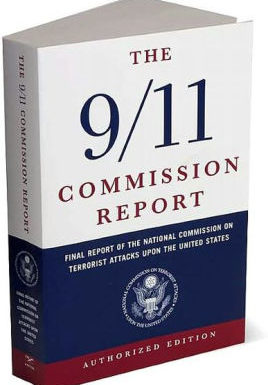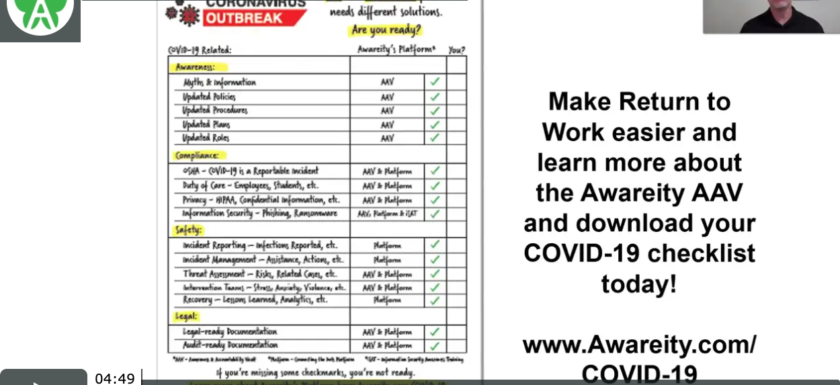9-11 Commission Report: 16th Anniversary
16 years ago, on July 22, 2004, the 9-11 Commission Report was released. Do you remember one of the most important revelations in the 9-11 Commission Report? National intelligence is still organized around the collection disciplines of the home agencies, not the joint mission. The importance of integrated, all source analysis cannot be overstated. Without it, it is not possible to “connect the dots”. No one component holds all the relevant information. The biggest impediment to all source analysis – to a greater likelihood of connecting the dots – is the human or systemic resistance to sharing information. The 9-11 Commission Report revealed there wereRead More →



